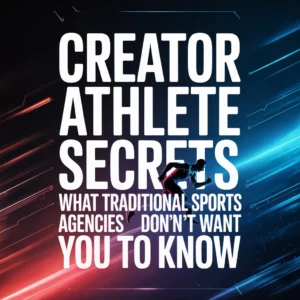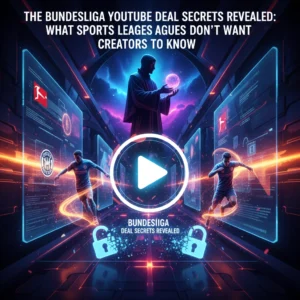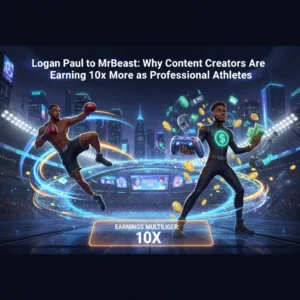Are Traditional Sports Endorsements Dead? How Creator-Athletes Like Logan Paul Are Rewriting the Rules
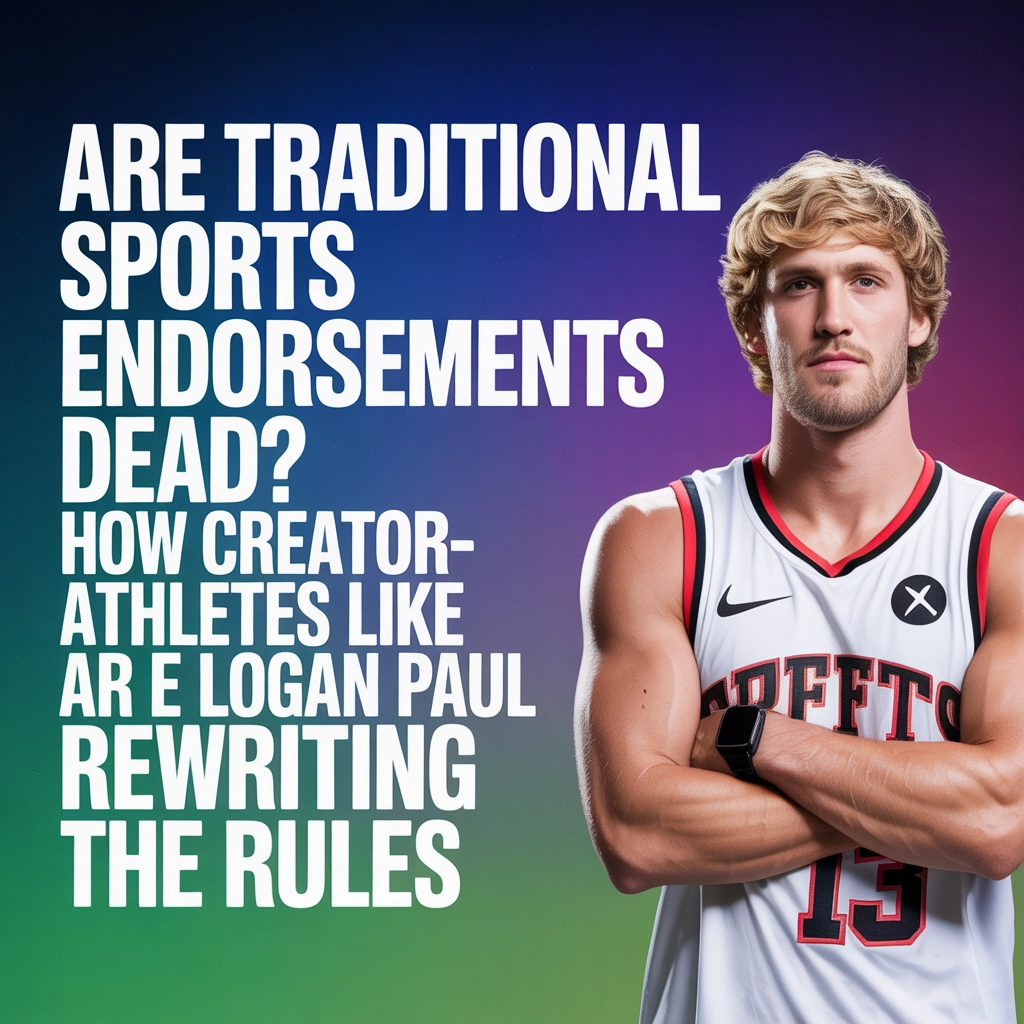
The sports world is experiencing a seismic shift. While traditional athletes still command massive endorsement deals, a new breed of creator-athletes is completely rewriting the playbook on how sponsorships work. Logan Paul didn't just step into a boxing ring: he brought millions of followers with him and showed brands a fundamentally different way to think about athletic partnerships.
But are we witnessing the death of traditional sports endorsements, or just their evolution? The answer is more nuanced than you might think.
The Creator-Athlete Revolution: Understanding the New Rules
Logan Paul and his brother Jake figured out something that traditional sports marketing missed for decades: you don't need to convert existing sports fans to make massive money in athletics. Instead, they brought their existing digital audiences into new sports territories, creating unprecedented crossover success.
When Logan Paul fought Floyd Mayweather in 2021, he wasn't trying to win over boxing purists. He was monetizing his YouTube following: people who had been watching his content for years and were willing to pay $50 to see him in any context, including getting punched by one of the greatest boxers of all time.
This represents a complete inversion of traditional sports marketing. Instead of building credibility within established sports hierarchies first, creator-athletes leverage their existing fan relationships to enter new athletic ventures. The result? Massive viewership numbers that traditional boxing matches struggle to achieve, especially among younger demographics.

Traditional Endorsements Aren't Dead: They're Evolving Fast
Despite the creator-athlete disruption, traditional sports endorsements are far from extinct. They're adapting rapidly to incorporate lessons learned from digital-native athletes. Major brands are now investing heavily in data-driven sponsorship targeting, sustainability-focused partnerships, and technology-enhanced fan engagement.
The key difference is that today's sponsorship landscape is becoming increasingly sophisticated. Brands can now track engagement metrics in real-time, create personalized content experiences, and leverage AR, VR, and AI technologies to create deeper connections between athletes and fans. This isn't your grandfather's billboard endorsement: it's a multi-platform, data-driven approach that traditional and creator-athletes alike can benefit from.
Consider how women's sports have exploded in recent years. The WNBA fanbase has grown over 31% in just two years, creating new opportunities for both traditional endorsements and creator-athlete approaches. This growth isn't happening by accident: it's being driven by athletes who understand how to blend traditional athletic excellence with digital engagement strategies.
The Demographic Disruption: Why Younger Audiences Matter
One of the most significant changes creator-athletes have brought to sports is their ability to capture demographics that traditional sports struggle to reach. Jake Paul's boxing matches primarily attracted teenagers and young adults: groups that historically don't engage with fight sports but instead gravitate toward NFL and NBA content.
This demographic shift has massive implications for brands. Today's sports fans are increasingly receptive to sponsorships, with over 67% of football fans finding sponsoring brands more appealing compared to 54% of the general population. In the U.S. market specifically, sports fans skew young (76% Millennials or Gen Z), diverse (22% Hispanic), and affluent (34% earning $100K+ household income).
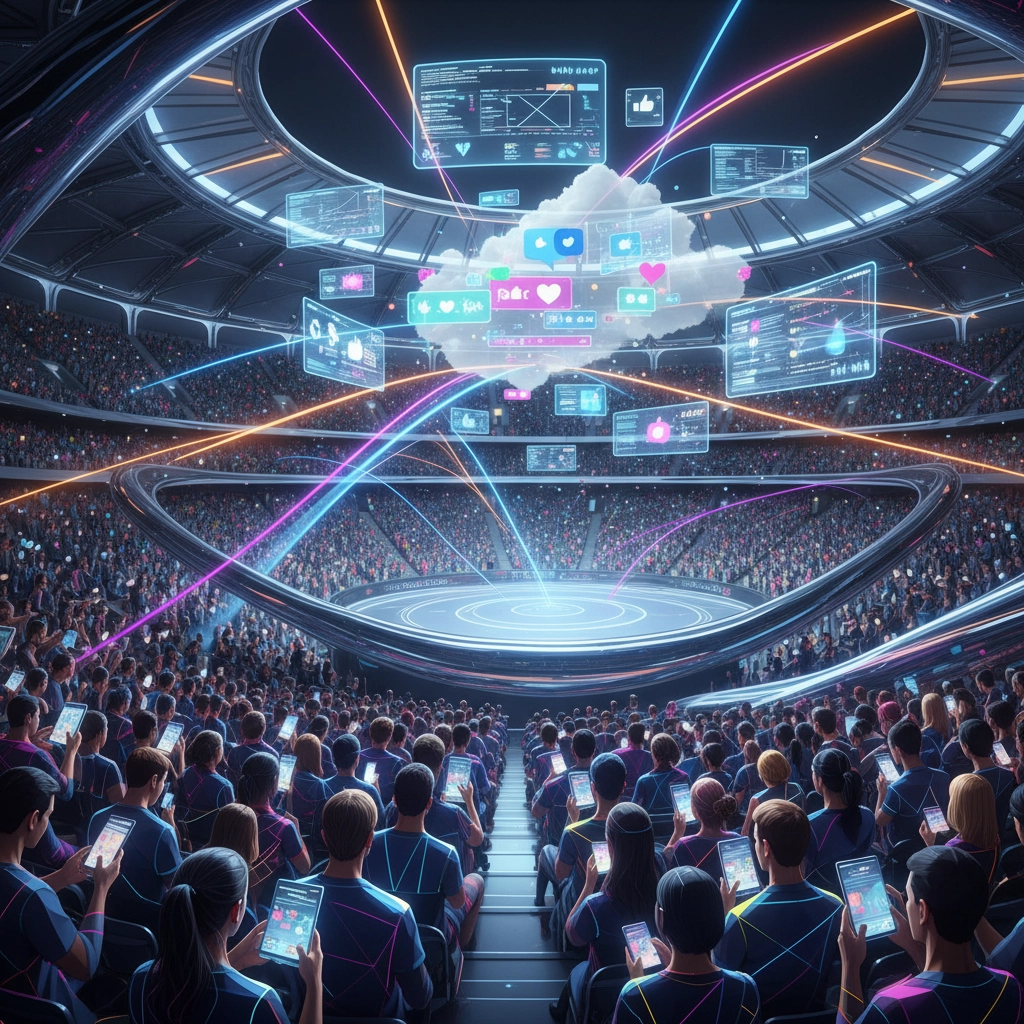
Creator-athletes have proven they can reach these valuable demographics more effectively than many traditional sports properties. They speak the same language as their fans, create content in native digital formats, and maintain more intimate relationships with their audiences than traditional athletes typically can.
Technology: The Great Equalizer
The rise of creator-athletes coincides with a technological revolution in how sports content is consumed and monetized. Streaming platforms have created new opportunities for sponsor integration, while social media allows for real-time fan engagement that was impossible just a decade ago.
This technological shift has leveled the playing field between traditional athletes and creator-athletes. Both can now leverage data analytics to optimize their training, use social media to build personal brands, and create direct monetization channels through platforms like OnlyFans, Patreon, and subscription services.
At Creator Athlete, we've seen firsthand how data-driven training and analytics can elevate content creators to world-class athletic performance. The same technologies that help influencers optimize their content can help them optimize their athletic performance.
The Economics Tell the Story
The economic impact of this shift is undeniable. Creator-athletes have opened entirely new revenue streams that traditional athletes are now adopting. Logan Paul's move into WWE isn't just about entertainment: it's about creating multiple touchpoints with different audience segments, each representing distinct monetization opportunities.
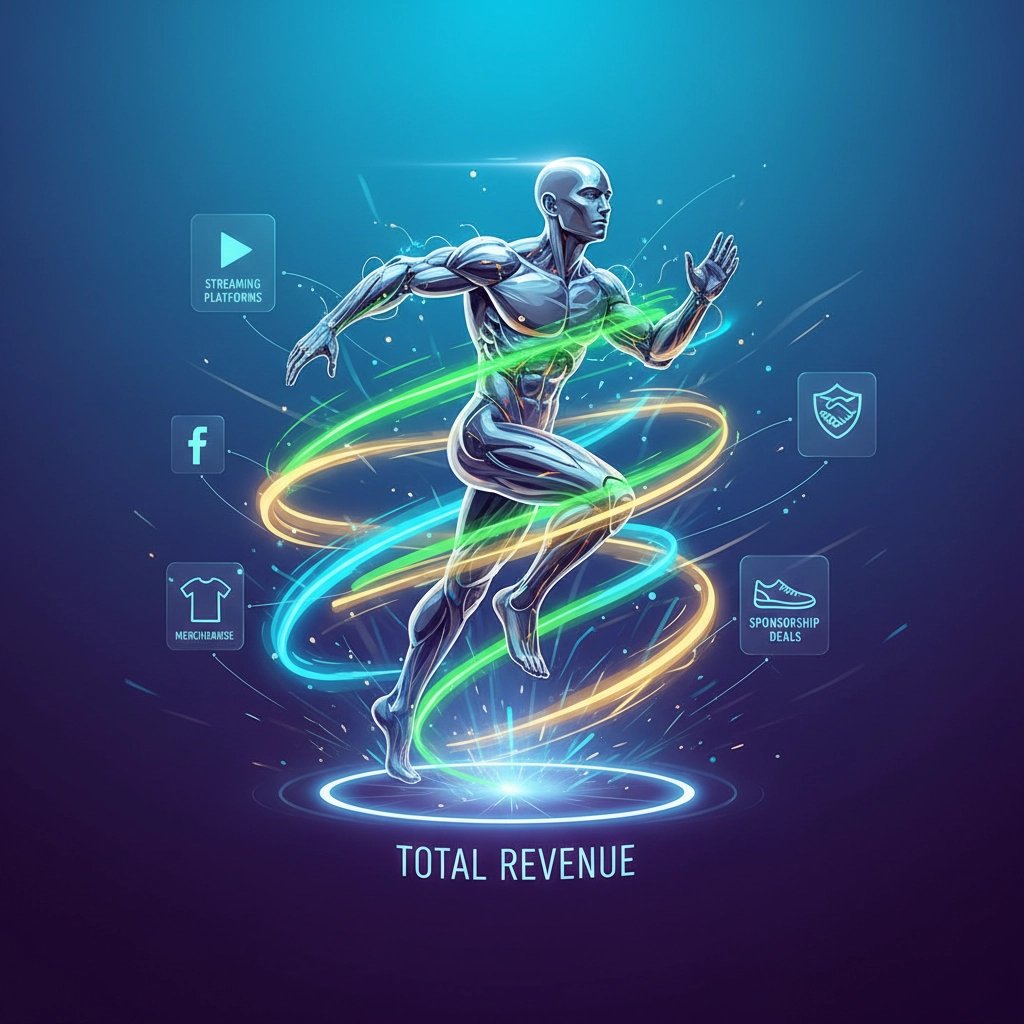
Traditional sports organizations are taking notice. They're investing more heavily in digital engagement, fan interaction technologies, and cross-platform content strategies. The NFL's success with social media content, the NBA's embrace of player personality, and tennis's integration with lifestyle branding all represent traditional sports adopting creator-athlete strategies.
The key insight is that modern athletic careers require thinking beyond single sports or single revenue streams. Today's successful athletes: whether traditional or creator-first: understand that they're building entertainment brands, not just athletic legacies.
The Future: Hybrid Models and New Opportunities
Rather than traditional sports endorsements dying, we're witnessing an expansion and diversification of what athletic sponsorship can look like. The most successful approach moving forward will likely be a hybrid model that combines the credibility and reach of traditional sports with the engagement and demographic targeting capabilities that creator-athletes have pioneered.
This hybrid approach is already emerging. Traditional athletes are building stronger social media presences, creating content that goes beyond their sport, and developing personal brands that can command premium sponsorship rates. Meanwhile, creator-athletes are investing more seriously in athletic training and performance to build credibility within traditional sports frameworks.
The companies winning in this new landscape are those that can support athletes in both directions. At Creator Athlete, we specialize in helping influencers develop world-class athletic skills while maintaining their digital audience engagement. Our approach recognizes that the future belongs to athletes who can excel both on the field and on social media.
What This Means for Aspiring Athletes
For content creators looking to break into athletics, the Logan Paul model offers a proven blueprint: leverage your existing audience to create opportunities in sports, then use athletic achievement to expand your audience further. The key is understanding that you don't need to choose between being a creator or an athlete: the most successful approach is being both.
For traditional athletes, the lesson is equally clear: building a personal brand and engaging directly with fans isn't optional anymore. It's a competitive advantage that can significantly impact earning potential and career longevity.
The sports industry is becoming more professionalized across all levels, with increased investment and athletes gaining more agency over their careers. This transformation creates opportunities for both traditional sports organizations and creator-athletes to develop innovative approaches to training, fan engagement, and monetization.
Rather than traditional sports endorsements being dead, what we're seeing is the emergence of a more dynamic, technology-enabled, and audience-focused approach to athletic sponsorship. The winners will be those who can adapt quickly and think creatively about what it means to be an athlete in the digital age.
The rules aren't just being rewritten: they're being completely reimagined. And that's creating opportunities for a new generation of athlete-entrepreneurs who understand that success in modern sports requires excellence both in performance and in audience engagement.



